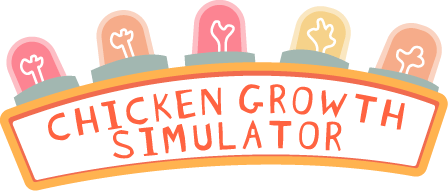
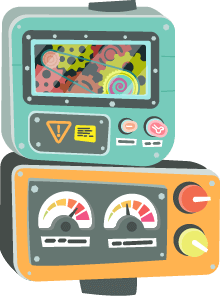
Chickens are an important source of protein in Australia…did you know nearly 70% of Australian households serve chicken meat at least twice a week! All fresh and frozen raw chicken available in Australia is born, bred and raised in Australia. Chickens in Australia are not fed hormones. Chicken size occurs naturally due to selective breeding and optimal nutrition. Chicken meat has the lowest environmental footprint of any meat. With the Australian poultry industry being highly regulated we can maintain high standards across all areas of growing, production, distribution and consumption.
Test your farming skills and see if you can set the optimum conditions to get the healthiest and most efficient chicken. Chickens need just the right amount of light and protein at an optimum temperature. Check out the facts below as these will help you to grow the best chicken! To get started choose the age of your chicken and then choose the lighting, temperature and % crude protein. Click go. See what the chicken live weight and carcass weight are. Is this ideal for the age? If not – try again!
All three variables are important to control in order to reach the optimal weight at the different ages. If the variables aren’t at the optimum then there are range of issues from health and welfare to management and income losses.


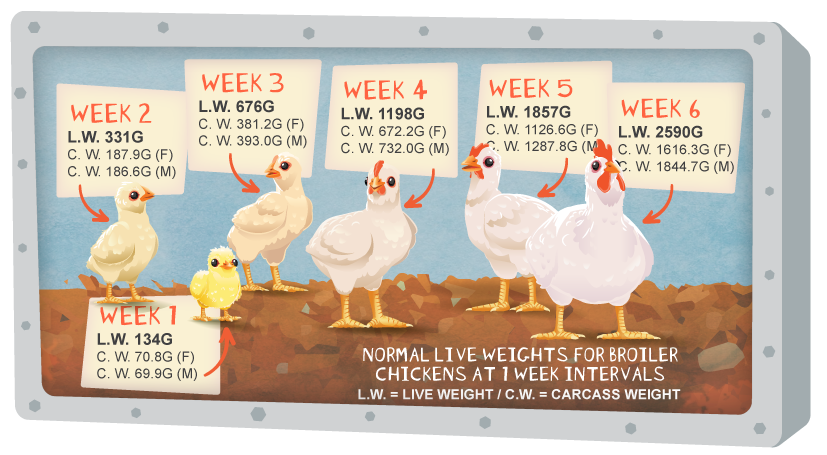
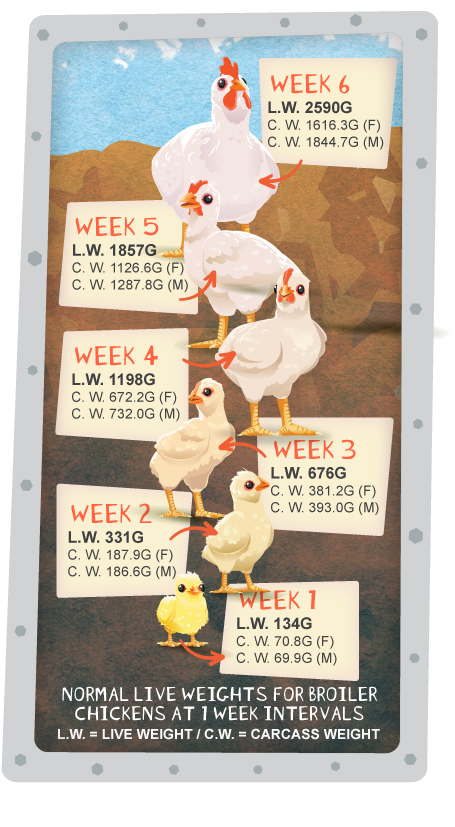


Click here to open instructions
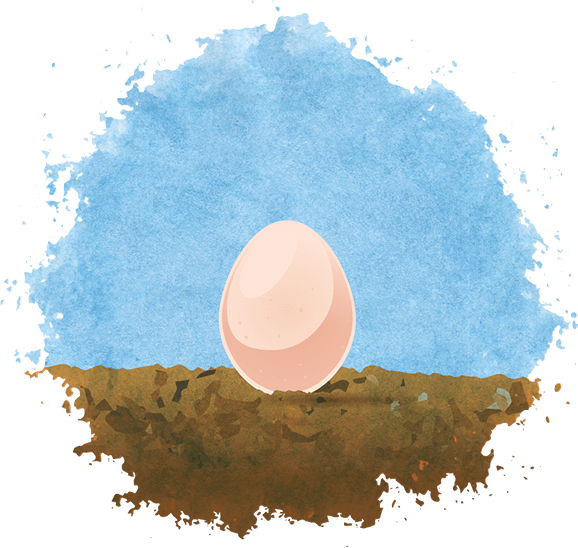


*Value as part of optimum result
Here are three graphs that have been made using the data from this experiment. These graphs show the growth curve of each scenario.
The first scenario is high crude protein, long daylight and high temperature.
The second scenario is medium crude protein, medium daylight and medium temperature.
The third scenario is low crude protein, low daylight and low temperature.
What do you notice about the three different scenarios?
Is that what you expected?
There were three diets that were trialled – high, medium and low crude protein. Diets were made up of four phases: starter, grower, finisher and withdrawal diets. The main change was how much crude protein occurred in each particular ration at each stage (age).
| % Total Crude Protein | Starter | Grower | Finisher | Withdrawal |
|---|---|---|---|---|
| 16%-20% (low) | 19.9% | 18.2% | 16.1% | 16.2% |
| 19%-23% (medium) | 22.8% | 20.9% | 19.1% | 19.2% |
| 22%-26% (high) | 25.6% | 23.7% | 21.8% | 22.2% |
The cost of each ration is important to look at as this is one of the major costs for a poultry producer and is a determinate of how much income the producer will make. You can see from the table below how the rations are broken down and how much each phase will cost.
| % Total Crude Protein | Starter | Grower | Finisher | Withdrawal | Total |
|---|---|---|---|---|---|
| 16%-20% (low) | $443.83 | $432.43 | $419.42 | $409.09 | $1704.77 |
| 19%-23% (medium) | $450.88 | $437.33 | $430.58 | $419.68 | $1738.47 |
| 22%-26% (high) | $446.03 | $429.13 | $417.97 | $415.20 | $1708.33 |